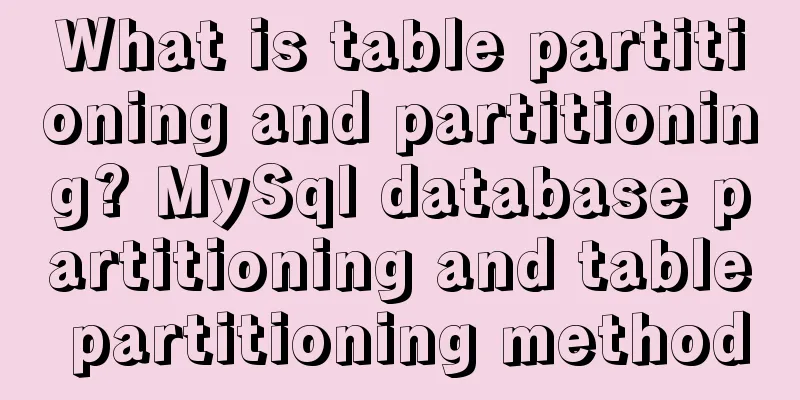Specific usage of textarea's disabled and readonly attributes

|
disabled definition and usage The disabled attribute is a boolean attribute. The disabled attribute specifies that the text area should be disabled. A disabled text area is neither usable nor has text that is selectable (cannot be copied). You can set the disabled property to restore user access to the text area until some condition is met (such as selecting a checkbox). You can then use JavaScript to remove the value of the disabled attribute to make the text area enabled. Differences between HTML 4.01 and HTML5 none. Differences between HTML and XHTML In XHTML, attribute minimization is prohibited and the disabled attribute must be defined as <textarea disabled="disabled">. The disabled attribute indicates a disabled text area. In a disabled text area, the content cannot be modified and the value cannot be passed in the request. <textarea disabled> At 123WORDPRESS.COM you will learn how to make a website. We provide the most comprehensive web technology tutorials. </textarea> The difference between disabled and disabled = "disabled" disabled = "disabled" is the XML standard writing method. If you want to maintain XML compatibility, you must write disabled = "disabled". If you do not use XHTML and do not care about the XML syntax, you can use it alone. Note: In browsers other than Firefox, such as Chrome, <textarea disabled> can be selected and copied. Readonly definition and usage The readonly attribute is a boolean attribute. The readonly attribute specifies that the text area is read-only. In a read-only text area, the content cannot be modified, but the user can switch to the control by using the tab key and select or copy the content. You can set the readonly attribute to restore user access to the text area until some condition is met (such as selecting a checkbox). You can then use JavaScript to remove the value of the readonly attribute to make the text area editable. The readonly attribute specifies that the text area is read-only. In a read-only text area, the content cannot be modified. Values can be passed in the request. The specific usage is as follows: <textarea readonly="readonly">test1</textarea> <textarea rows="3" cols="20" disabled="disabled"> test2 </textarea> Differences between HTML and XHTML In XHTML, attribute minimization is prohibited and the readonly attribute must be defined as <textarea readonly="readonly">. |
<<: The best way to solve the 1px border on mobile devices (recommended)
>>: This article will show you the basics of JavaScript: deep copy and shallow copy
Recommend
MySQL 5.7.27 installation and configuration method graphic tutorial
The installation tutorial of MySQL 5.7.27 is reco...
Detailed explanation of Vue mixin usage and option merging
Table of contents 1. Use in components 2. Option ...
Use standard dl, dt, dd tags to discard table lists
Now, more and more front-end developers are starti...
Detailed explanation of CSS3 rotating cube problem
3D coordinate concept When an element rotates, it...
HTML tag ID can be a variable
<table id=" <%=var1%>">, the...
Summary of constructor and super knowledge points in react components
1. Some tips on classes declared with class in re...
Analyze MySQL replication and tuning principles and methods
1. Introduction MySQL comes with a replication so...
Vue realizes dynamic progress bar effect
This article example shares the specific code of ...
mysql-5.7.21-winx64 free installation version installation--Windows tutorial detailed explanation
1 Download The address is: https://dev.mysql.com/...
Explanation of the execution priority of mySQL keywords
As shown below: from table where condition group ...
A brief analysis of kubernetes controllers and labels
Table of contents 01 Common controllers in k8s RC...
Vue parent-child component mutual value transfer and call
Table of contents 1. Parent passes value to child...
Detailed explanation of how to install mysql5.7.16 from source code in centos7 environment
This article describes how to install mysql5.7.16...
A Preliminary Study on JSBridge in Javascript
Table of contents The origin of JSBridge The bidi...
Introduction to Nginx regular expression related parameters and rules
Preface Recently, I have been helping clients con...









